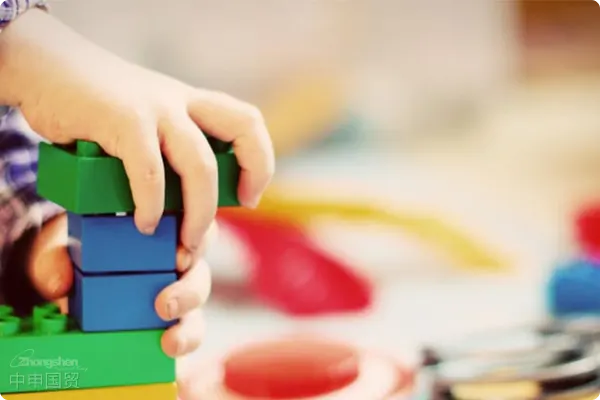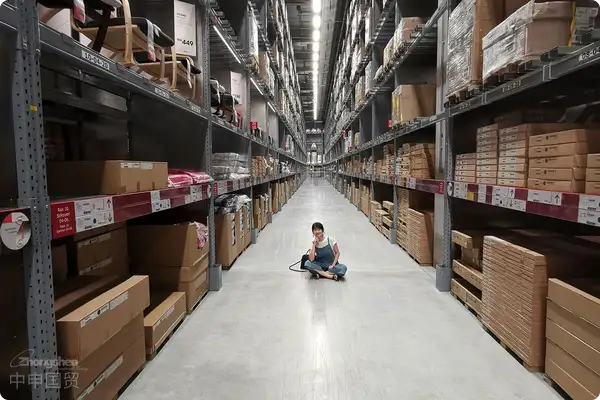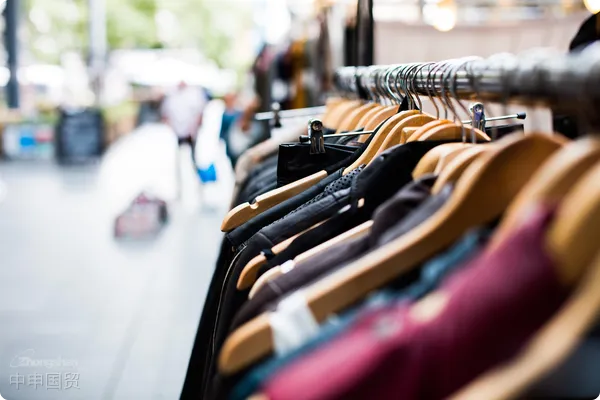- Shanghai Zhongshen International Trade Co., Ltd. - Two decades of trade agency expertise.
- Service Hotline: 139 1787 2118
With the advancement of globalization, more and more toy manufacturers and exporters hope to enter the European market. However, toys entering the European market need to meet the strict requirements of the European Toy Safety Directive. This article aims to provide you with a detailed guide on European toy regulations.

Regulatory Background
The European Toy Safety Directive 2009/48/EC aims to ensure that toys entering the EU market do not pose a hazard to the health and safety of children. In addition to basic safety requirements, toys also need to meet the chemical substance control requirements of the REACH Regulation and the POP Regulation. Electric toys also need to meet the requirements of electromagnetic radiation and recycling labeling. In addition, toys with wireless functions also need to comply with the requirements of the RED Wireless Directive.
Scope of Control
The definition of the European Toy Safety Directive is: all products designed or commonly used for play by children under 14 years old. However, certain products listed in Article 2 and Annex I of this Directive, such as grass equipment for public use, puzzles with more than 500 pieces, etc., are excluded from the scope of control.
Regulatory Requirements
For manufacturers, exporters, and distributors, it is crucial to ensure that toys meet European regulatory requirements. The following are the core requirements of EU toy regulations:
Safety Performance Requirements
(a) EU Toy Safety Standards: All toys must comply with the EU Toy Safety Directive 2009/48/EC. This means that toys should not pose a threat to the safety or health of children under normal or foreseeable use conditions. In addition, toys also need to comply with the EN 71 series of standards, which is a set of European standards for toy safety.
(b) Standards for Electric Toys: In addition to meeting the above basic requirements, electric toys also need to meet specific standards, such as EN 62115, which is the standard for the safety of electric toys. In addition, electric toys also need to comply with the EMC Directive 2014/30/EU, the ROHS Directive 2011/65/EU and its amending Directive 2015/863/EU, the WEEE Directive 2002/95/EC and its amending Directive 2012/19/EU, and the Directive 2006/66/EC and its amending Directive 2013/56/EU on batteries and accumulators.
(c) Toys with Remote Control:In addition to meeting the basic safety requirements, these toys also need to comply with the RED Directive 2014/53/EU, which is a European directive on radio equipment.
(d) Toys for children under 3 years old or those that can be put in the mouth:These toys have specific risks and therefore need to meet more stringent standards, such as 2015/2115/EU, 2017/898/EU, 2017/774/EU, 2014/79/EU, etc.
(e) Chemical Substance Control:Chemical substances in toys are also strictly regulated and need to comply with the Reach Regulation (EC) No 1907/2006 and the Persistent Organic Pollutants POPs Regulation 2019/1021/EU.
Labeling and Warning Requirements
(a) CE Marking:All toys sold in the EU must be marked with the CE mark on their packaging. This is a mark indicating that the product meets European regulatory requirements.
(b) Safety Warning Labels:According to the requirements of the Toy Safety Directive, toys and their packaging need to provide appropriate safety warnings. For example, toys not suitable for children under 36 months need to be clearly marked. Chemical toys, activity toys, functional toys, etc. all have specific warning requirements.
Product Traceability Information Requirements
Toys and their products must have traceability labels, including the manufacturers detailed information, production date, production location, etc. This is to quickly trace the source in case of problems. Unless there are specific reasons, such as the toy being too small, this information should appear on both the toy and its packaging.
Testing and Certification Requirements
CE Certification:European toys need to be CE-certified to prove that they meet EU regulatory requirements. Certain specific categories of toys, such as chemical toys or liquid-filled toys, need to be tested by a specific notified body for EC-type. While other toys can be CE-certified through self - compliance verification.
The European toy market is a huge but highly regulated market. It is hoped that the above guide can provide you with detailed information on European toy regulations and help your products smoothly enter the European market.
Related Recommendations
? 2025. All Rights Reserved. Shanghai ICP No. 2023007705-2  PSB Record: Shanghai No.31011502009912
PSB Record: Shanghai No.31011502009912










